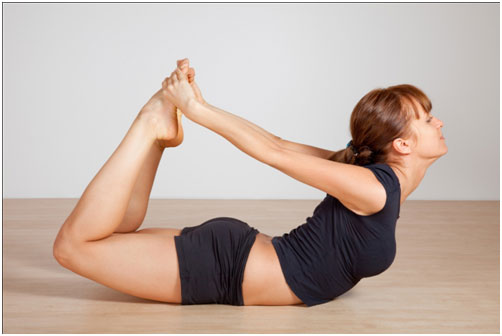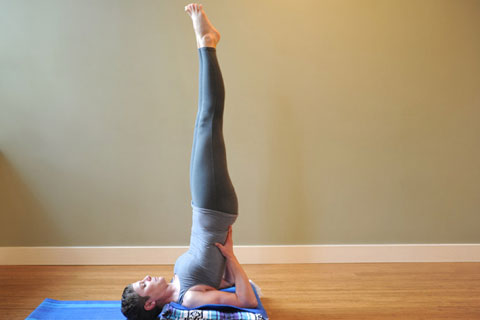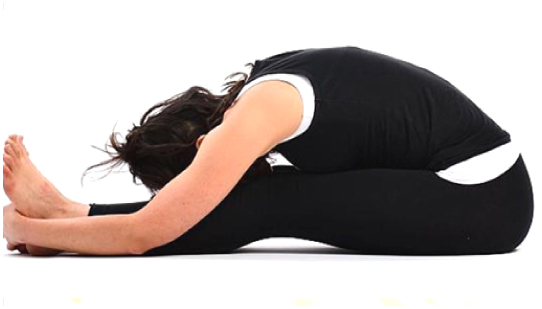This asana is so named because the shape the body takes is similar to that of a tensed bow. It is also known as a bow pose. Read on to find out how to practice Dhanurasana and the kind of benefits it can provide through regular practice.Dhanurasana is a very good exercise for stretching the back. In fact it is in list of top three back-stretching exercises. Practising this asana regularly can help to strengthen back making it more flexible. It gives a good workout to the back. Although, it is good for strengthening back, it provides other health benefits as well. Let us now take a look at the step-by-step process of practising Dhanurasana.
Method
Dhanurasana should be practiced under the guidance of a certified yoga trainer. You must practice it on empty stomach and bowels. Make sure that you have your meals at least four to six hours before starting your
yoga practice. Have a quick look at the step-by-by method.
1. Lie down on a mat, on your stomach.
2. Bring your feet up, by bending your knees.
3. Hold your ankles with your hands.
4. Breathe IN. Use the force of your hands, pull your feet so your thighs are off the floor. Simultaneously, lift your head, shoulders and chest from the floor.
5. Look up.
6. Hold this pose for around five to eight seconds, more if possible.
7. Your body would be in the shape of a bow, with only your stomach and pelvic area resting on the floor. The entire weight of your body would essentially be concentrated on your navel area.
Advanced: Rock yourself back and forth gently while holding on to your ankles.
8. Exhale when returning to the normal position.
In the beginning you may find difficult to pull your legs up. To overcome this difficulty you can place a blanket under your thighs so that they get support while you pull them up. As a beginner, you can try practising Parsva Dhanurasana. It is a must to learn it under the guidance of a certified yoga trainer. The preparatory poses that can help in learning dhanurasana include Supta Virasana, Urdhva Mukha Svanasana, Salabhasana, Setu Bandhasana,
Bhujangasana, Virasana and
Sarvangasana.
Benefits of practising Dhanurasana
This asana has numerous benefits. It is a combination of two asanas (Bhujangasana - the cobra pose, in which only the front of the torso is raised, and the Shalabhasana or the grasshopper asana, in which the legs are raised).
- Strengthens kidneys
- Helps in coping with stress
- Strengthens abdominal muscles
- Gives good exercise to shoulders, chest and neck
- Strengthens back muscles
- Improves flexibility of back muscles
- Strengthens thigh muscles
- Tones leg and arm muscles
- Helps to deal with problems related to menstruation
- Beneficial for boosting the functions of reproductive organs
- Helps in dealing with renal disorders
- In addition, it is also found to be extremely beneficial for diabetics and those with constipation problems.































